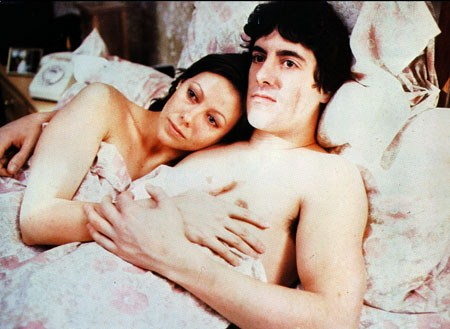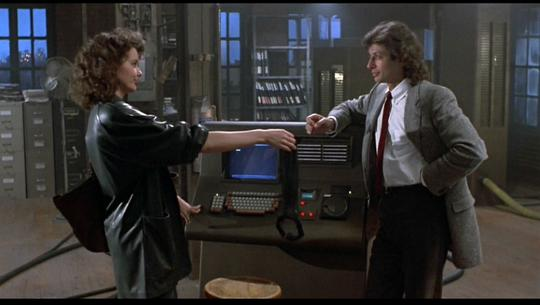The Doomed Romantics of An American Werewolf In London and The Fly by Craig J. Clark
By Yasmina Tawil

When John Landis An American Werewolf In London was released in 1981 and David Cronenbergs The Fly followed five years later, what initially grabbed peoples attention were the Academy Award-winning creature effects by Rick Baker (whose work on the former prompted AMPAS to create the Best Makeup category) and Chris Walas (whose other reward for his part in The Flys success was the opportunity to direct its less memorable sequel). Charged with updating horror icons of the 40s and 50s for savvy moviegoers primed to be dazzled by state-of-the-art special effects, Baker and Walas stepped up to the plate and delivered unforgettable monsters and set-pieces that have earned a permanent place in movie history. Even today, their work continues to impress, evincing a staying power that modern digital effects have a hard time sustaining. But what keeps viewers coming back to these two films time and again are the human love stories than run parallel with the bloody carnage and acid-spewing monster-men.
While both films have fantastic premisesnamely, that a man bitten by a werewolf will become one himself and a man who teleports himself with a housefly will become a man-sized flytheyre grounded in the mundane and the every day. Take the London flat of nurse Alex Price (Jenny Agutter) in American Werewolf, which reveals a lot about her that she might otherwise be reluctantor unableto say out loud. Having taken a fancy to him, Alex brings home American backpacker (and unwitting werewolf) David Kessler (David Naughton) after hes discharged from the hospital where shes been tending to him while he recovered from an animal attack on the Yorkshire moors. Warning him not to expect too much since shes just a working girl, she shows him around her cramped quarters, which art director Leslie Dilley and his crew make look as lived-in as possible without being too cluttered. The living room has plenty of throw pillows, photographs on the mantle, and shelves crammed with books and knickknacks, while the bathroom has little plants in individual pots. The hallway leading to her bedroom even has a single flower in a box mounted on the wall, which Davids zombie friend Jack (Griffin Dunne) playfully smells when he pays them a visit later that night. The very first thing the viewer sees when Alex lets David in, though, is a Casablanca poster hanging on the wall, closely followed by one for Gone With The Wind. And briefly glimpsed in her kitchen is an enlarged photograph of Humphrey Bogart. Even if shes being truthful when she says shes not in the habit of bringing home stray, young American men, its clear she has a thing for American culture (see also: the Disney paraphernalia scattered about) and a romantic streak a mile wide.




